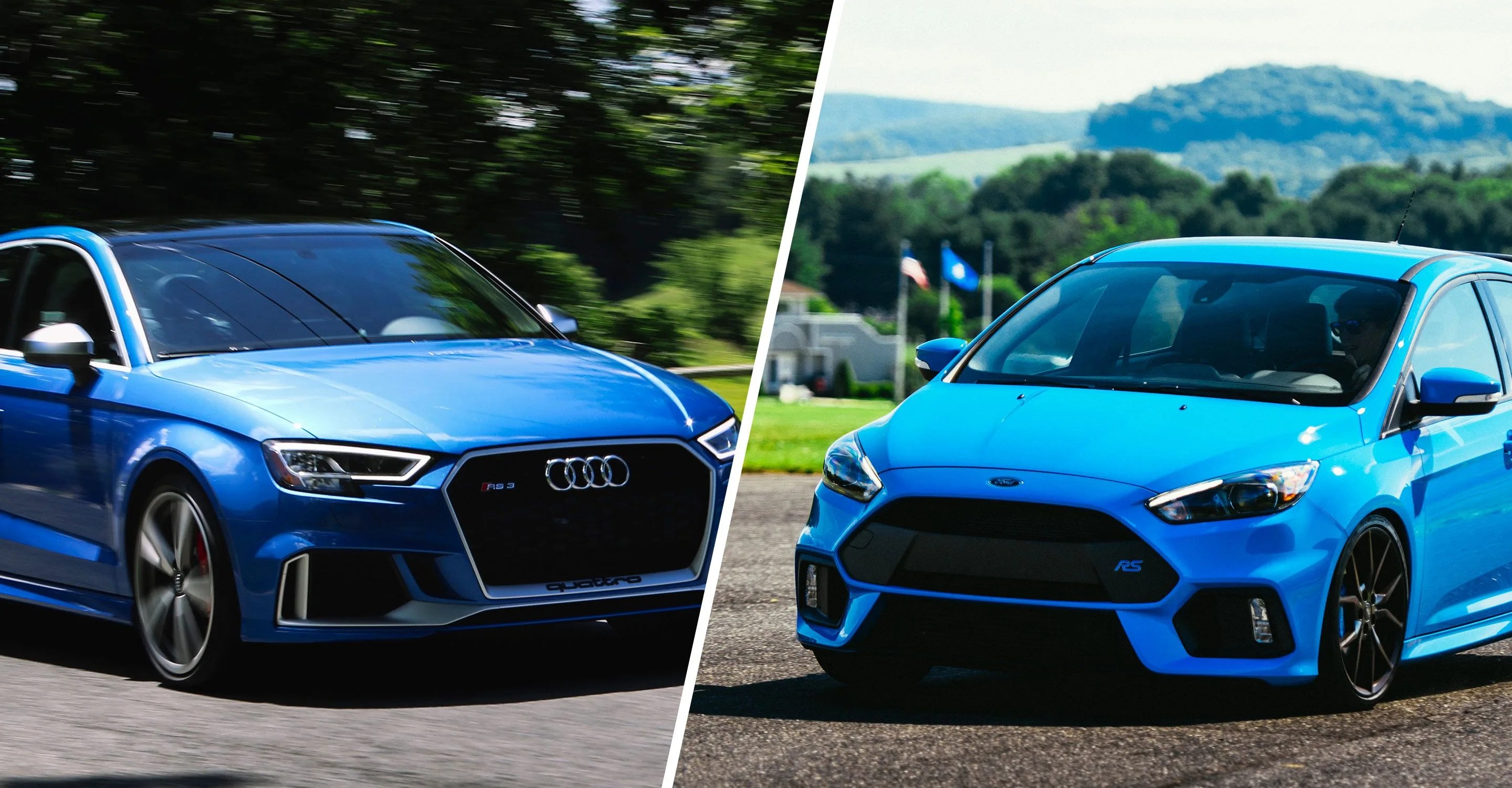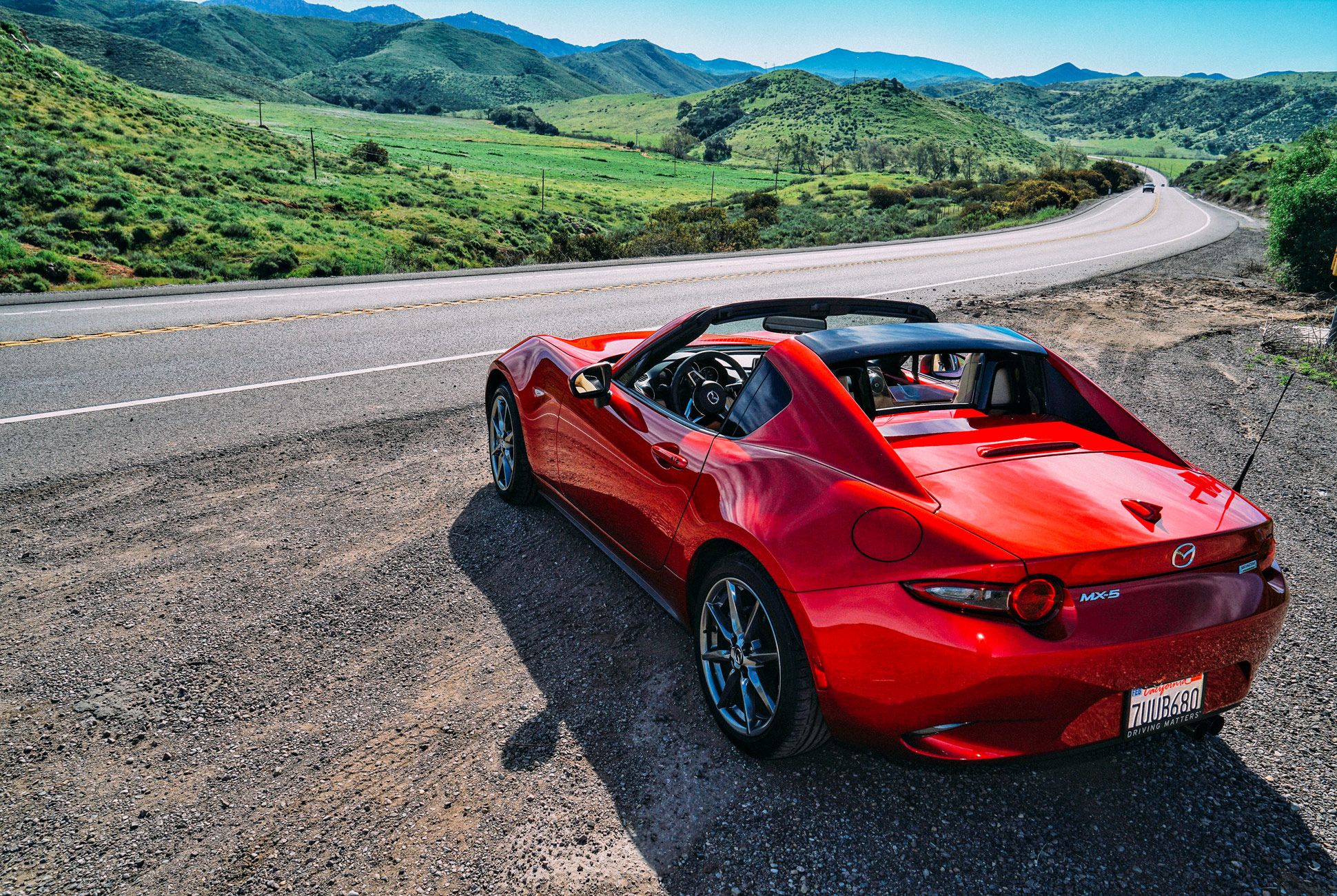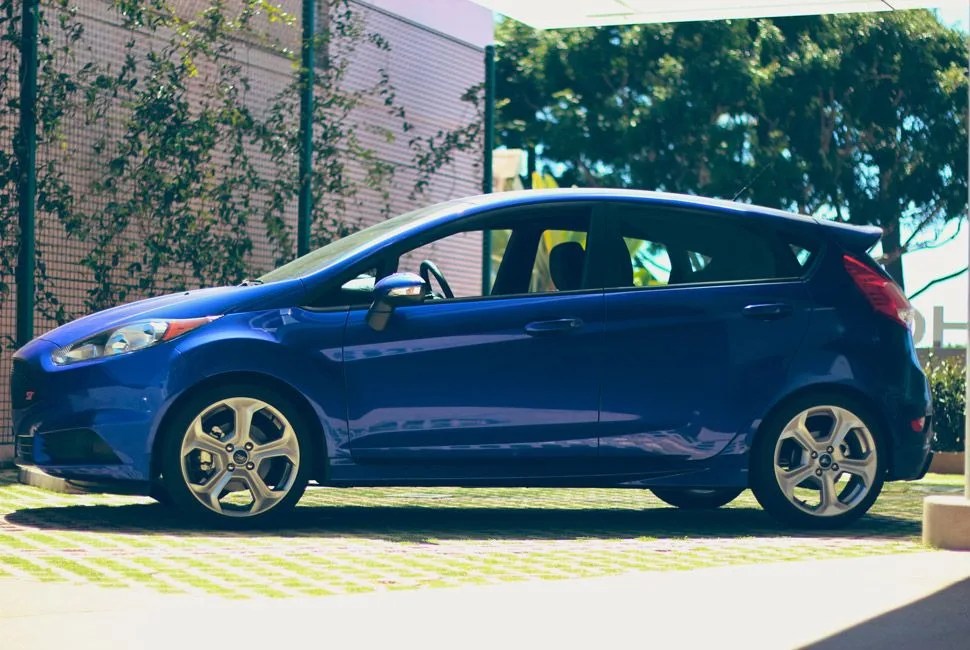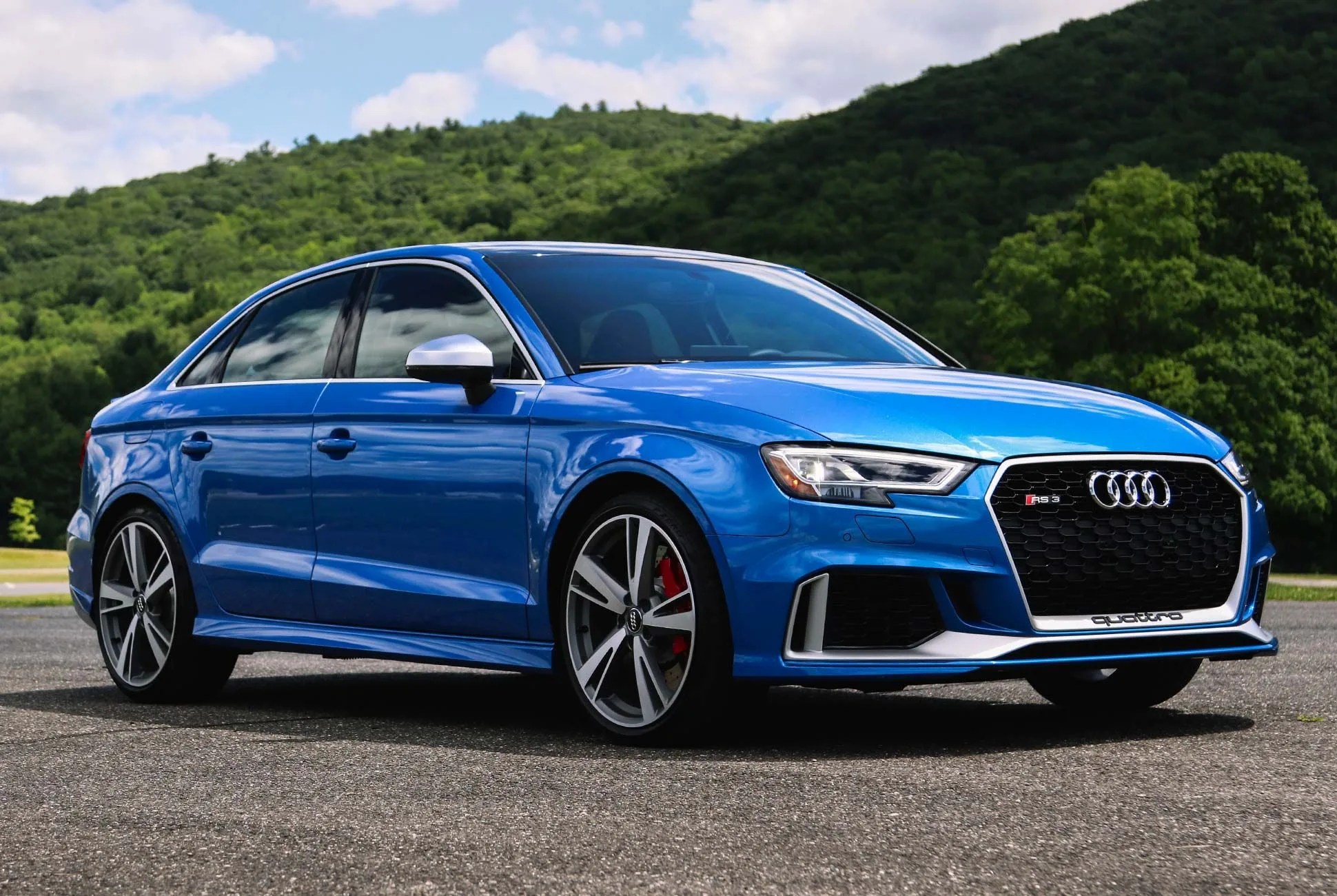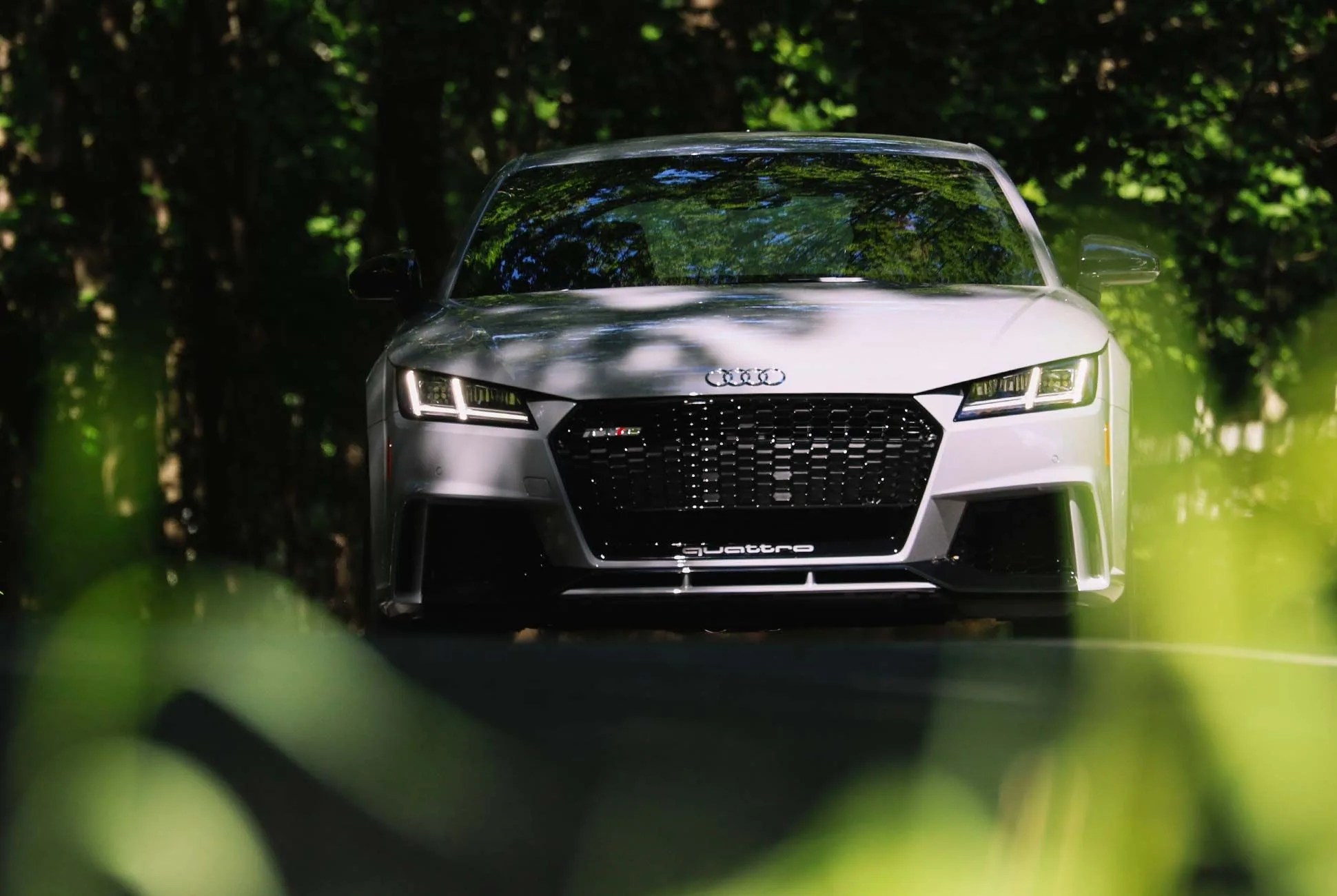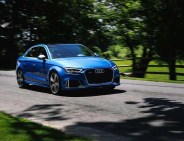If you want to find the first Golden Age of sports cars, look no further than the 20 years spanning the ‘60s to the ‘80s. (Note that here the term “sports cars” encompasses performance cars, be it a coupe, sedan or convertible — to say a sports car can only be a rear-wheel-drive two-door is too narrow.) Offerings from BMW, Datsun, Alfa Romeo, Lancia, Ford, Fiat and Audi littered those two decades — there were some incredible machines that are still highly regarded today and can still hold their own. I’m not denying there were truly special cars outside that timeframe, but for those 20 years, I think the concentration and number of truly great, affordable performance cars was at its best. And it looks as if we’re on the cusp of a new era of the same ilk — and in serious danger of being at the peak of it all, which means an inevitable lull is on the distant horizon.
In the ‘90s and through the early 2000s, the sports car herd thinned out, with only a handful of affordable options between Mazda, Toyota and Nissan on the market. Then 2008 rolled around and the market for a fun, less-practical car nearly died off altogether. Some voices still maintain that the sports car is dead and will never recover, but take a minute to look at what’s on offer and you’ll see it’s actually in the middle of a comeback. The Mazda Miata is still here, as is the Porsche Boxster; the BMW M2 and Audi RS3 are near perfect, and Mercedes may have an AMG rival on the way. The Toyota 86 is fantastic, offerings from Alfa are incredible, the Ford Focus RS and Fiesta ST are faultless and the Audi TT is just a big, ridiculously, capable go-kart. We’re spoiled for choice, really.
7 photos
All of the cars above can be had for under $60,000 and they all have one thing in common that’s crucial to any great sports car: balance. Each one has just enough power for its weight, and though they each do it differently, each puts that power to the road in a finely balanced and controlled manner.
At one end of the spectrum, you have the new Miata, whose power Mazda actually reduced this time around in order to maintain a balanced power-to-weight ratio. It may only have 158 horses, but at 2,332 pounds, it doesn’t need more; the result is one of the best-handling and most neutral-feeling cars on the road. At the other end, you have the Audi RS3 with 400 horsepower (almost as much as the original supercar-ish R8). It also tips the scales at 3,593 pounds, but it utilizes Audi’s otherworldly Quattro AWD system to control it all. You could take more weight out of the Miata by ditching the creature comforts and adding race seats, but it would turn into a car you’d never want to drive day to day. Likewise, Audi could have always given the RS3 more power, but it would only threaten the adeptness of the entire package. Both are near perfect as-is.
We’re at a point where sports cars find themselves in a delicate situation: they’re in danger of becoming something else entirely. The next few years could see these sweet-spot cars grow in size and price. Park an E30 (mid-’80s) M3 next to the current-generation M3 and you’ll see the massive size difference already. Now’s the time to buy a modern sports car, because there’s no telling when this golden era will end. With autonomous driving and global warming threats active and/or looming, there’s no telling if there will ever be another.
